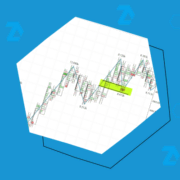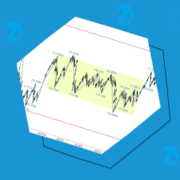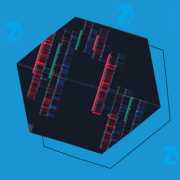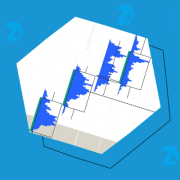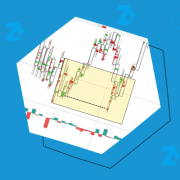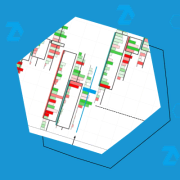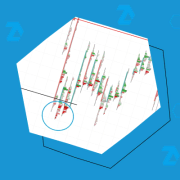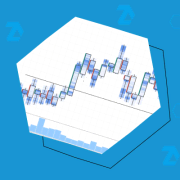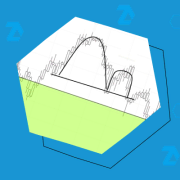Understanding Change of Character (ChoCh) in Trading
Change of Character (ChoCh) in the Smart Money Concept (SMC) strategy is a pattern that forms when the market shifts its structure or movement, signaling a potential trend reversal. In this article, we will cover not only the basics of ChoCh but also how advanced volume analysis tools, such as footprint charts, can provide deeper […]

